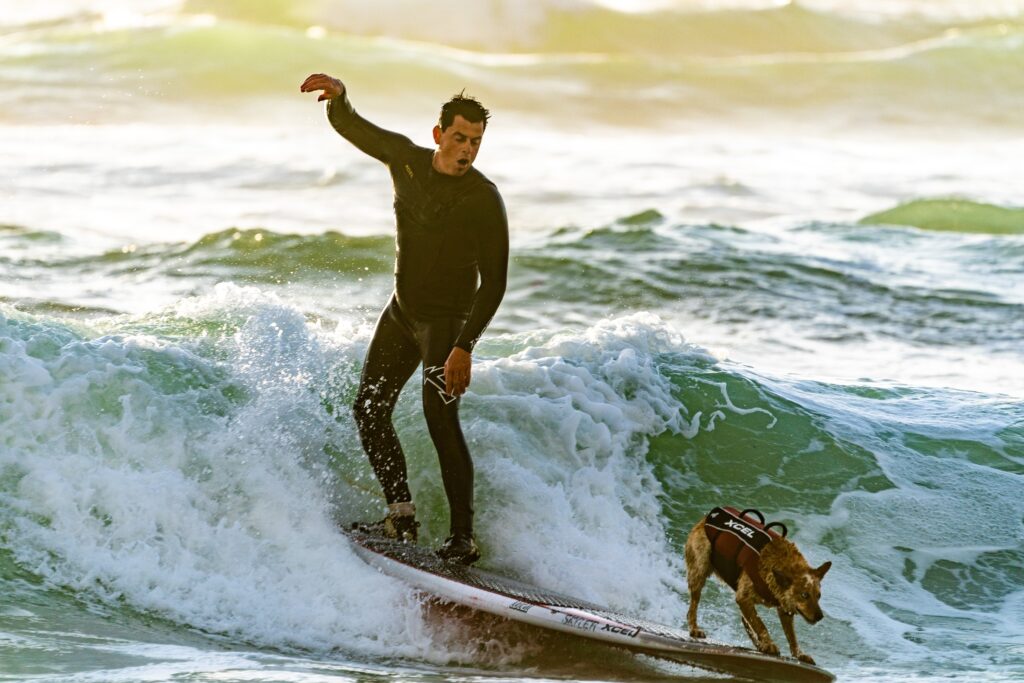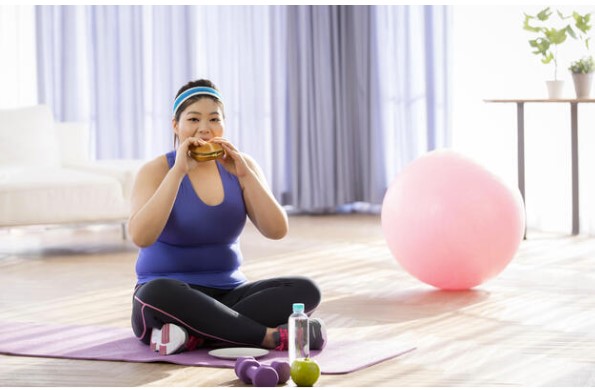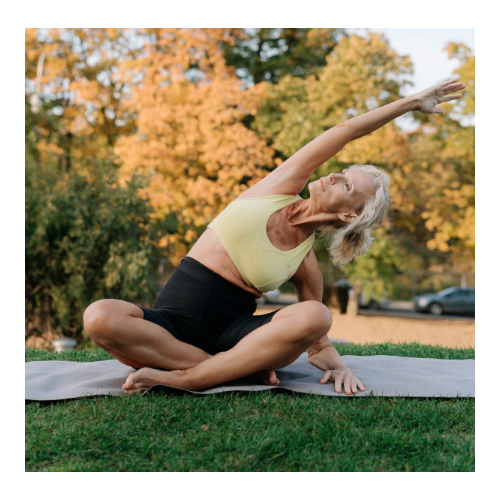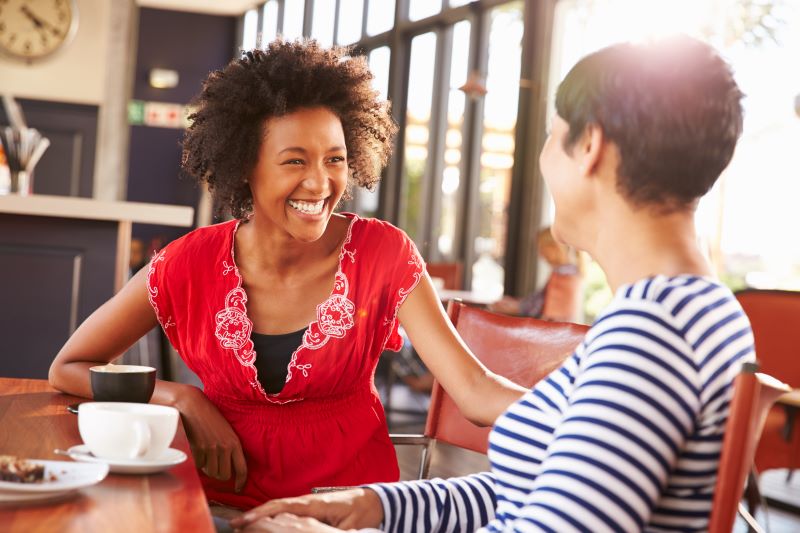
Have you noticed how good it feels to be in a freshly weeded garden? Or a newly cleaned home? We can all recognize the natural cycles of our lives moving from organization to disorganization to organization over and over again. We weed the garden. New weeds appear. We vacuum the bedroom. New dust bunnies appear. Weeded gardens and clean bedrooms feel better. It’s not just the feeling of accomplishment many of us have after cleaning or weeding. We feel better even when someone else has done the work. Organization feels better than chaos in both our outer and inner worlds.
Clearing or cleaning the external space around us has an organizing effect on our internal space, also known as our internal field. The concept of an organized internal field is fundamental in Zero Balancing (ZB). A more organized field feels better than a disorganized field. Receiving a Zero Balancing organizes your internal field like weeding your internal garden. It’s one of the main reasons you feel better after a Zero Balancing session.
Zero Balancing techniques, called fulcrums, work by introducing a field that is clearer, stronger, and more organized. For an analogy, think of what happens when a magnet is placed next to a pile of iron filings. The magnetic field is stronger and more organized than the field holding the filings in a pile. The filings line up in response. Likewise, your body responds to Zero Balancing fulcrums by becoming more organized. Because patterns of physical or emotional pain are less organized, they reorganize in response to the stronger, more organized field introduced during your ZB session. The result: you feel better.
My clients often report feeling relaxed yet energized after a Zero Balancing session. This may be due to the amount of their energy that can be tied up in a disorganized field. In the garden, when vegetable plants are crowded with weeds, those weeds compete for resources like water, nutrients and sunlight.
Likewise, our internal resources are challenged by having a disorganized internal field. Disorganized patterns tie up valuable energy. This can make daily life more challenging.
Approaching an important event while internally disorganized can increase anxiety. Whether giving a presentation at work or hosting a dinner party, having your PowerPoint slides in order or a complete shopping list helps with the archetypal anxiety associated with these activities. An archetypal emotion is one that is normal and inevitable given the situation. If you are human, you will experience this emotion when in this situation. It’s archetypal to feel thirsty when in the desert. Thirst is unavoidable. If you organized your trip, you’ll know which pack has the water. If you can’t find your water because you didn’t organize well, your discomfort can be amplified by feeling fearful or frustrated with yourself in addition to feeling thirsty. Situations that are challenging archetypally, like presentations or dealing with difficult individuals, become more arduous. There are weeds in your internal garden, competing for resources. Knowing this can help you to prepare both your inner and outer worlds for our challenging world. The internal organization provided by a Zero Balancing session can help with upcoming surgeries or performances, new jobs or retiring.
It’s natural to cycle from organization to disorganization. Navigating our often challenging external world is easier with a well-organized internal field, an internal garden free of weeds.







